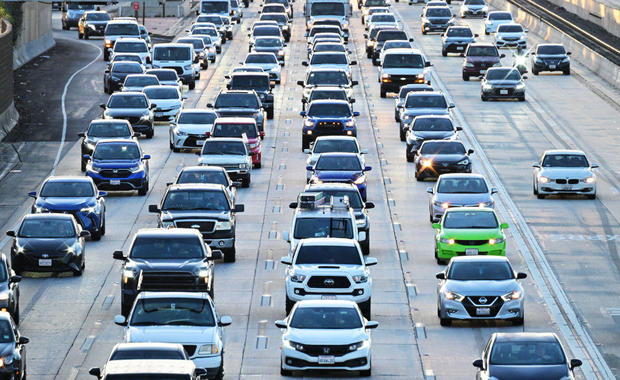The U.S. Supreme Court has set to hear a case concerning California’s authority to establish its own vehicle emissions standards, a move rooted in the regulations outlined by the Clean Air Act.
The Clean Air Act allows for individual states to seek waivers to impose stricter air quality standards than those set federally.
For decades, California has led the charge in implementing rigorous emissions standards, aiming to curb pollution and greenhouse gas emissions due to its unique environmental challenges and persistent issues with air quality.
These standards have not only influenced state policy but also driven changes within the automotive industry.
This practice underscores California’s role as a leader in environmental regulations, compelling the automotive industry to innovate and meet higher benchmarks for vehicle emissions.
The state’s ability to set its standards depends on obtaining waivers from the Environmental Protection Agency (EPA), a provision meant to allow for stricter state regulations under special circumstances.
The crux of the case lies in whether or not California should maintain the power to set its own standards or if national, uniform regulations should prevail.
Opponents argue that differing state regulations create a patchwork of rules that can complicate compliance for automakers. They posit that a single, nationwide standard would simplify the automotive landscape and reduce costs.
On the other hand, proponents of the state’s independent authority argue that California’s standards push for crucial advancements in vehicle technology and emissions control, ultimately benefiting public health and the environment.
The case arrives at the Supreme Court following a series of legal and administrative disputes. During the Trump administration, efforts were made to revoke California’s waiver, citing the need for a uniform national standard.
The Biden administration, however, revoked the repeal, reinstating California’s ability to set its emissions standards and emphasizing a commitment to combating climate change through progressive environmental policies.

